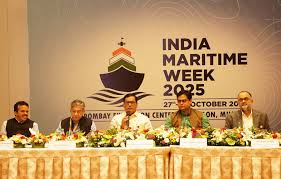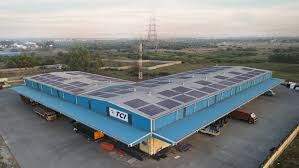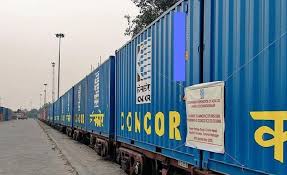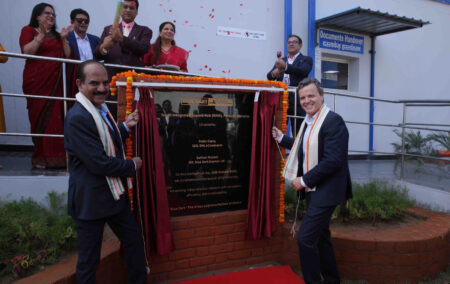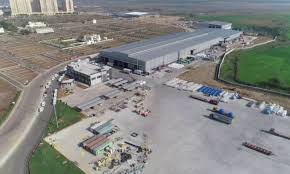Rachit Arora offers sharp insights into how digital freight platforms are reshaping trade, taming volatility, empowering SMEs, and balancing sustainability with costs in global shipping.

Digital freight platforms will modernize, not replace, traditional shipping
When Rachit Arora, CEO and Co-Founder, FreightMango, talks about the future of global trade, he doesn’t see digital freight platforms as a threat to traditional shipping but as a bridge to its next chapter. In his view, these platforms are both enablers and quiet disruptors. They won’t overthrow existing practices overnight, but they will modernise them. Think of real-time visibility, streamlined documentation, smarter pricing, and supply chains far more transparent than today. Over the next five years, he believes these platforms will make trade flows faster, more resilient, and collaborative, equipping the industry to handle volatility with confidence.
Predictability amid volatility
The global shipping industry is no stranger to turbulence; wars, canal disruptions, and fuel price spikes all drive freight rate swings. Arora acknowledges such volatility will never disappear entirely, but he’s convinced structural reforms and digital innovation can make the sector more predictable. His suggestions range from governments and trade blocs creating “strategic container slot” reserves and insurance pools to stronger antitrust oversight of alliances to prevent collective capacity cuts.
On the commercial side, index-linked contracts tied to benchmarks like FBX or SCFI can keep negotiations stable. And digitally, the possibilities are even more exciting: AI-driven routing, blockchain-enabled contracts, and a neutral global data layer to ensure real-time visibility and automated adjustments. In the long term, diversification of corridors, resilient ports, and multi-fuel vessels could provide the stability shippers crave in a volatile world.
Giving SMEs a fair chance
Behind the big numbers in shipping lies a quieter truth: most exporters and importers are small and medium enterprises (SMEs). Yet they often lack the scale to access competitive freight rates. Arora believes this imbalance can and should be fixed.
Digital freight marketplaces, he says, are the great equaliser. By pooling demand, they give SMEs bargaining power once reserved for the largest shippers. Add cooperative contracting models, shared consolidation hubs, and financial innovations like bundled freight financing or hedging tools, and smaller players suddenly have a fighting chance. Even standardised e-documents, universal rate indices, and affordable visibility tools can make a huge difference. With the right institutional and policy support, SMEs could finally compete on fairer terms in global trade.
Sustainability without sacrificing competitiveness
Sustainability has become a non-negotiable in shipping, with green corridors, carbon taxes, and ESG mandates reshaping the landscape. The challenge, Arora notes, is not whether to decarbonise, but how to do it without crippling affordability. Technology may not erase the trade-off, but it can certainly narrow it.
The immediate wins lie in digital optimisation: AI-driven routing, weather-based speed adjustments, and synchronised port calls that cut fuel use and emissions while saving costs. Efficiency retrofits, rotor sails, air lubrication, and modular dual-fuel systems already deliver ROI before zero-carbon fuels become viable at scale. And platforms for carbon accounting and green freight marketplaces are empowering shippers to make decisions with transparency on both cost and sustainability. For Arora, these pragmatic, tech-enabled measures are the key to ensuring that global trade remains competitive while still stepping toward decarbonisation.



